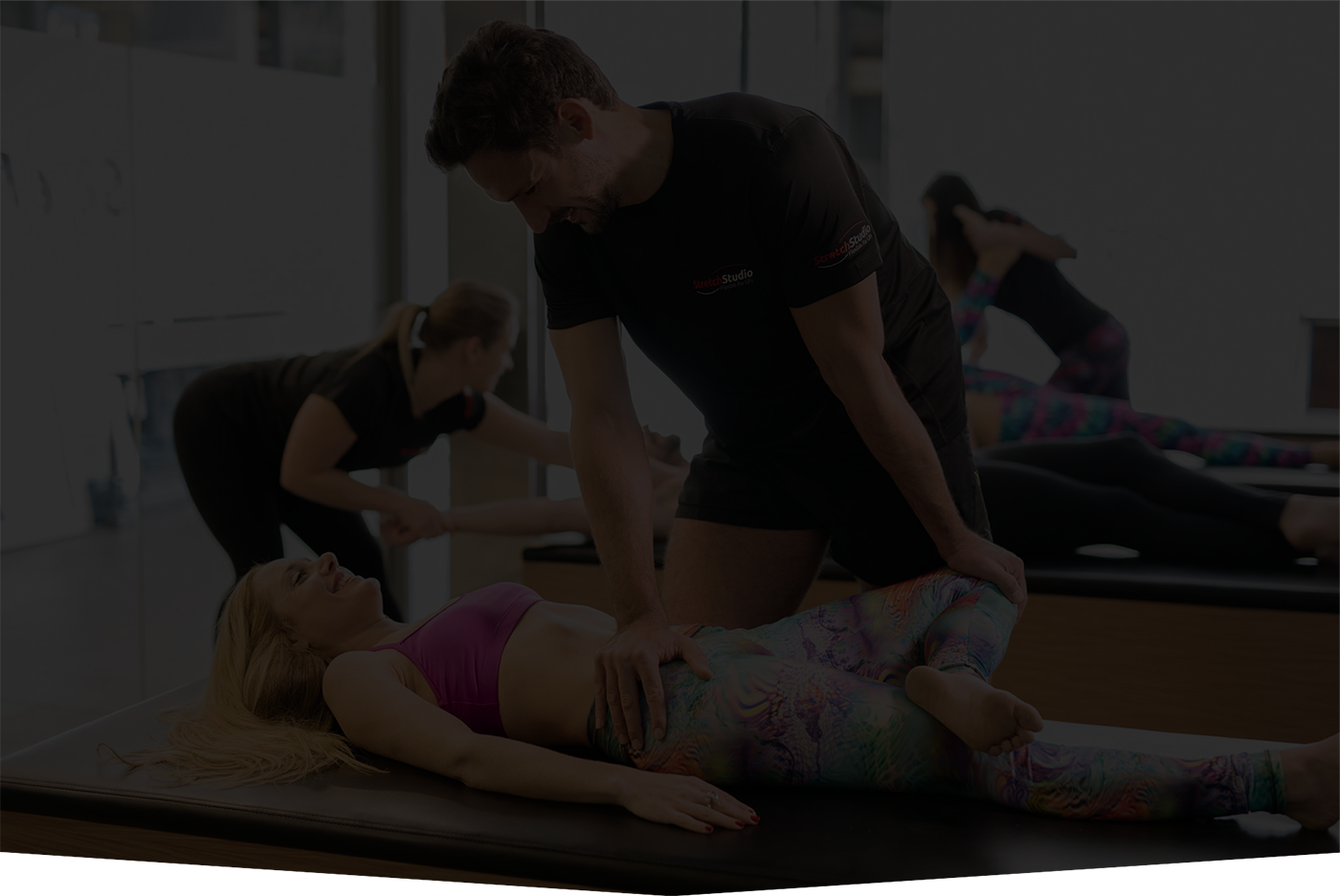Stretching is a crucial, yet often overlooked, component of a well-rounded fitness routine. Incorporating stretching exercises into your workout regimen offers numerous benefits, enhancing flexibility, reducing the risk of injuries, and promoting overall physical well-being. Click here to get valuable insights about passive assisted stretching.
Dynamic warm-up
Start your workout with a dynamic warm-up that includes dynamic stretches. This could involve activities like leg swings, arm circles, or torso twists. Dynamic stretching increases blood flow to the muscles, raises your heart rate, and prepares your body for more intense physical activity.
Pre-exercise static stretches
Before engaging in more strenuous exercises, include some pre-exercise static stretches. Focus on major muscle groups, holding each stretch for about 15-30 seconds. This helps improve muscle elasticity and range of motion. However, avoid intense static stretching before your muscles are adequately warmed up, as it may impact performance.
Interlude stretching
Incorporate stretching between sets or exercises. This interlude stretching helps maintain flexibility during your workout session and can be particularly beneficial when performing resistance training. Utilize these brief breaks to target specific muscle groups relevant to the exercises you’re doing.
Cool down with static stretching
As you conclude your workout, allocate time for a thorough cool-down. Engage in static stretching, holding each stretch for a slightly longer duration. This phase helps prevent muscle tightness and stiffness post-exercise. Include stretches for various muscle groups to promote overall flexibility.
Yoga or Pilates sessions
Integrate yoga or Pilates sessions into your weekly routine. These disciplines emphasize stretching, balance, and core strength. Participating in a yoga class or incorporating yoga poses into your routine enhances flexibility, improves posture, and adds a mindful element to your fitness regimen.
Flexibility training days
Dedicate specific days to focused flexibility training. This can involve a series of static stretches, vigorous movements, and perhaps incorporating tools like resistance bands or foam rollers. Flexibility training days provide dedicated time for targeted stretching, allowing you to gradually improve your range of motion.
Post-cardio stretching
Following cardiovascular exercises, such as running or cycling, includes stretching to cool down. Cardio activities can leave muscles tense, and incorporating stretches post-cardio helps release this tension. Focus on stretches that address the muscles worked during your cardio session.



